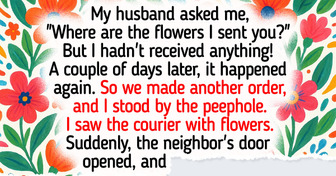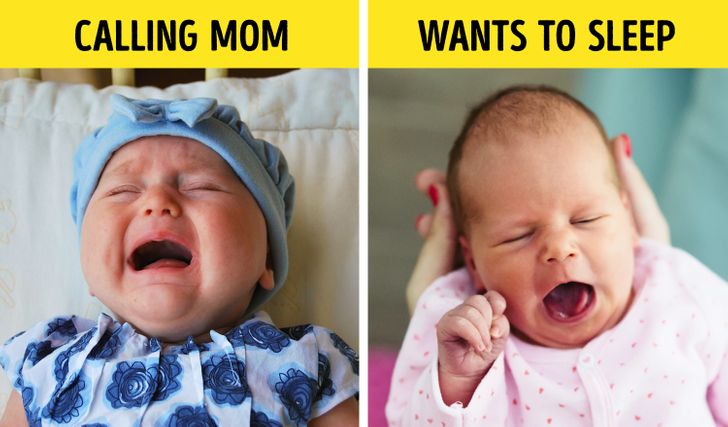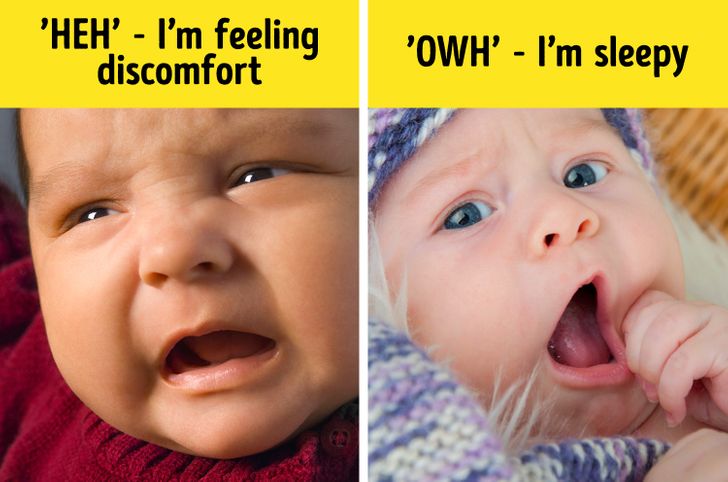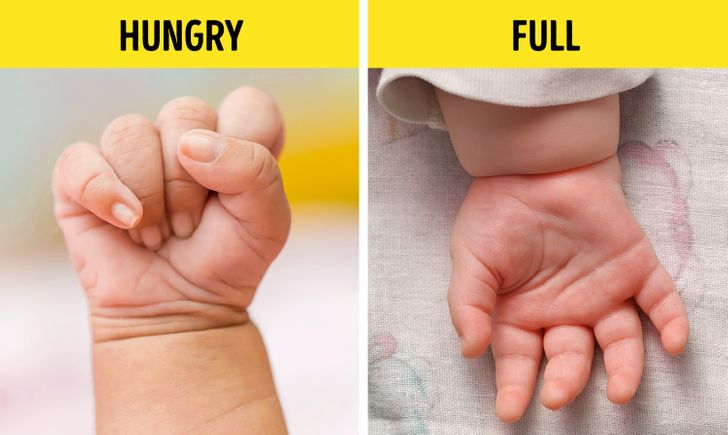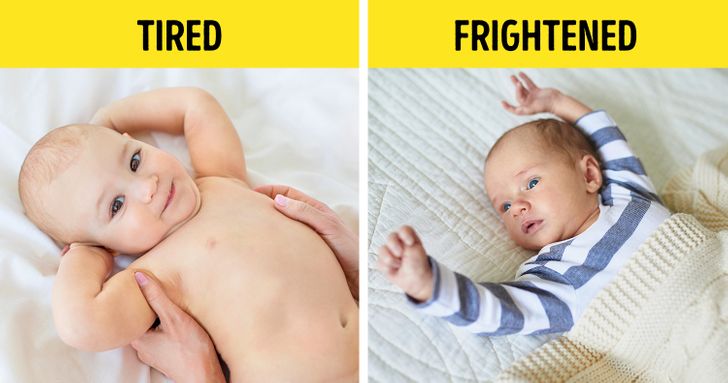Baby's are cute
17 Signs That Can Help You Understand Your Baby Better
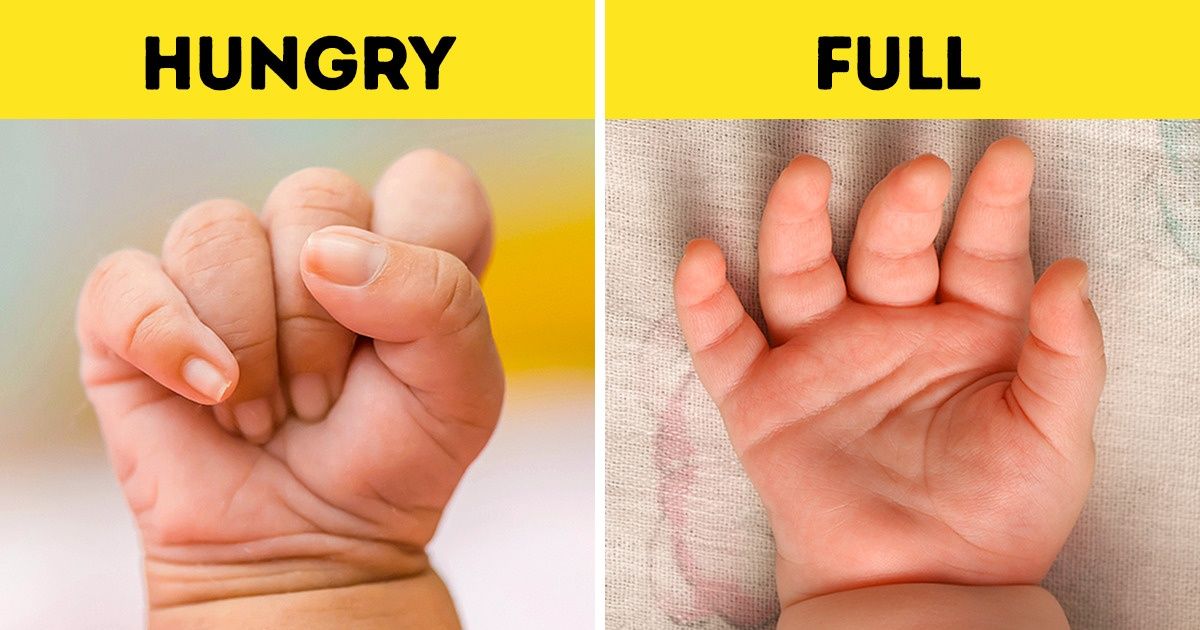
When a baby is really young, their parents tend to have a bunch of fears about their little one’s well-being and health. They try to guess exactly what their baby wants and what it is that might be causing them discomfort. But how do you understand babies without using words? Experts outline 3 main methods that can help babies communicate with adults.
While every parent learns to understand and interpret their own baby’s individual signs, we at Bright Side became interested in some common rules used to distinguish their needs.
The way they cry
Crying is the main way a baby expresses their needs during their first 4 months of life. But how can parents understand whether the baby is crying because of hunger, pain, or something else?
- A bored cry: When starved for attention, babies start out cooing, as a sign they are inviting you to play with them. As they don’t get what they want, they’ll start to fuss, slowly starting to cry and whimper.
- A tired cry: This cry should start out whiny until it becomes louder. Babies will also start to yawn as they cry.
- A cry because of hunger: This crying will be low-pitched and repetitive. The baby will also likely make other signs showing they’re hungry, like putting fingers in their mouth.
- A cry because of pain: This crying will be high-pitched. Periodically, there will be screaming bursts indicating that the pain increases.
- A sick cry: Babies will usually make soft whimpers when they’re feeling unwell. This is a sign that the baby doesn’t have the energy they normally do, making them sound tired.
- Moreover, very tiny babies may cry when they want to change their environment or when they are frustrated or bored.
The sounds they make
Australian opera singer Priscilla Dunstan has been studying and researching early childhood sounds. She believes that primary reflex sounds are intentional and that babies start to make sounds just before crying, seeking communication. It’s thought that the ability to recognize these sounds in time can prevent an upcoming crying episode. Thousands of babies of different nationalities have taken part in experiments to validate her idea.
The “dictionary” of the main sounds includes:
- “Neh” — “I’m hungry!”
- “Eh” — “I’m gonna burp!”
- “Owh” — “I’m sleepy or tired!”
- “Heh” — “I’m feeling uncomfortable!”
- “Eairh” — “I have gas and pain in my tummy!”
The movements they make
Body language says a lot about a baby’s well-being:
- Arching their back: Babies under 4 months old often make this movement when responding to pain and colic.
- Rotating their head: This is a calming, soothing movement for the baby. They might do it before falling asleep or when they’re anxious.
- Grabbing their ears: In most cases, this movement shows that the baby is just exploring their body or self-soothing. You should consult the doctor only if this movement is followed by crying and scratching and repeats often.
- Clenching their fists: This is a sign of hunger. If you manage to notice it in time, you can prevent the crying caused by them being hungry.
- Lifting their legs: This is a sign of colic and tummy pain. The baby is trying to reflexively ease the pain.
- Jerking their arms: This movement means that the baby got frightened. A loud sound, bright light, or sudden awakening can provoke the startle reflex. In this case, the baby needs to be comforted.
Pediatricians recommend talking with your baby as often as possible, explaining and showing them everything in their environment, even if it seems that they don’t understand anything yet. It will help them to quickly start to communicate with loved ones using individual sounds and gestures, and it also helps them develop better. We wish you luck and hope you have an easy time understanding each other!
Is there anything you would like to add to this list? We would love to hear from you in the comments!
Comments
thats nice
good info
hay
Very nice
Related Reads
12 Things Happy Couples Do, and If You Can Name at Least 3, You’re on the Right Path

A Woman Avoids a Potential Stalker by Following Safety Advice She Read Online
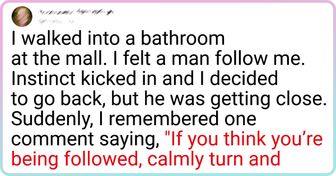
6 Gestures That Show a Man Is in Love With You and 6 Signs That Show He’s Using You

Girls Talked About the Weird Things Their Ex-Boyfriends Did (Don’t Read It If You Don’t Want to Scare People With Your Laughter)

9 Things That Show Your Relationship Can Last a Lifetime

15+ Parenting Tweets That Might Prepare You for Parenthood
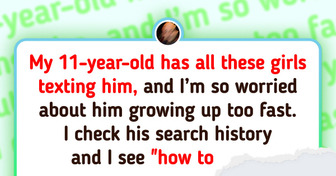
I Refused to Stay After My Husband Secretly Spoiled His Daughter—Then I Heard the Truth
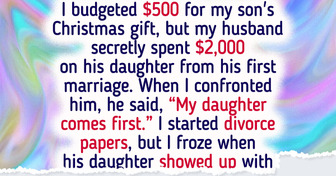
13 Stories That Show Grandparents Are the Glue Holding Families Together
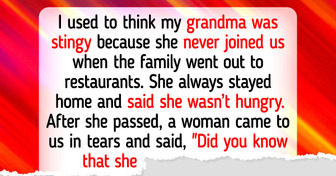
I Refused to Work on My Vacation, Even Though “Millions Were at Stake”
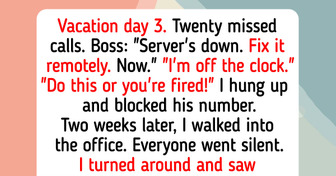
15 People Who Didn’t Want a Cat but Were Chosen by Fate Anyway
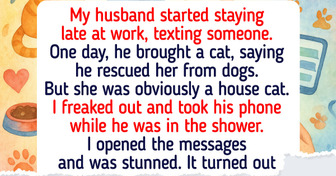
10 People Who Chose Kindness in a World That Keeps Ignoring it
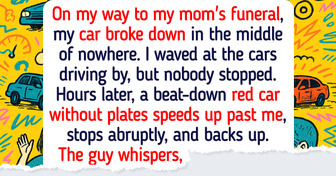
17 Stories That Prove Living in an Apartment Building Is a Sitcom You Never Auditioned For
